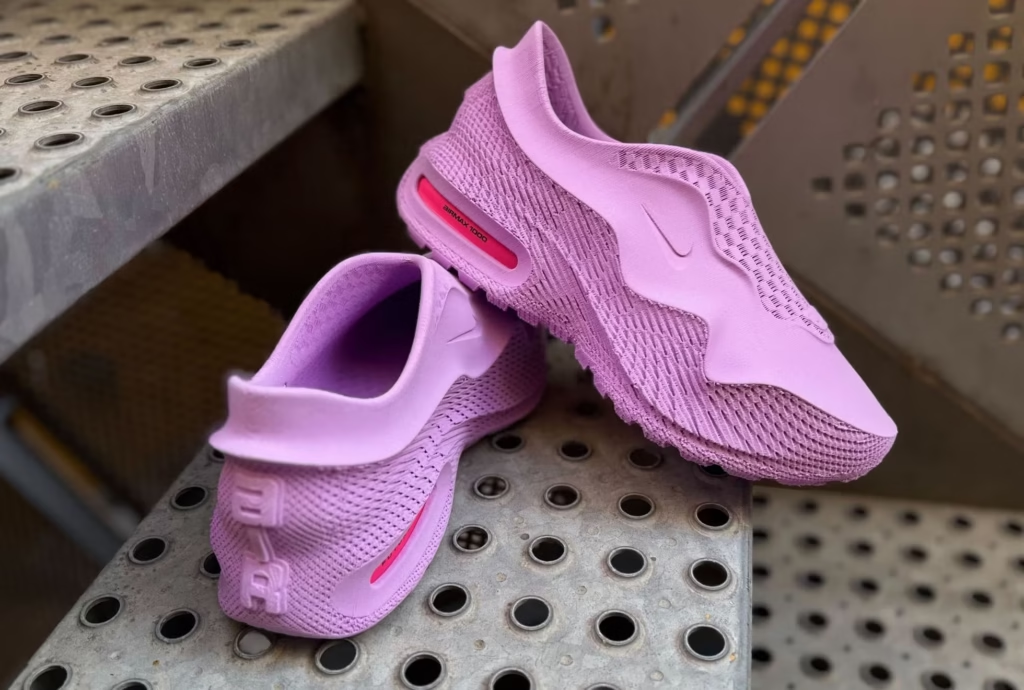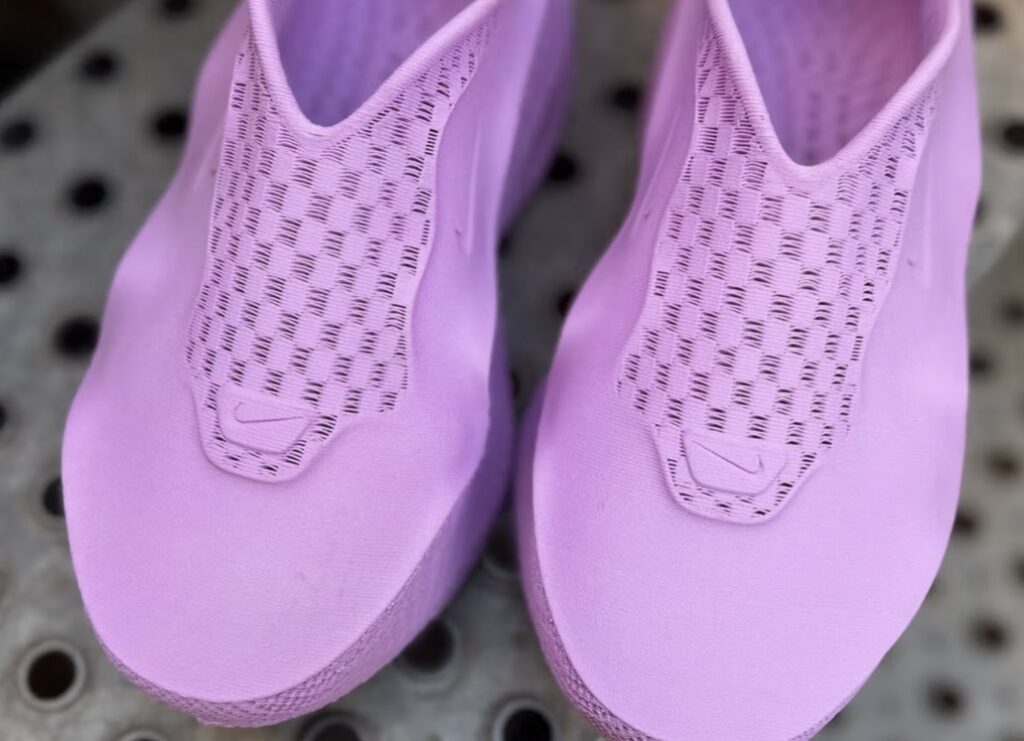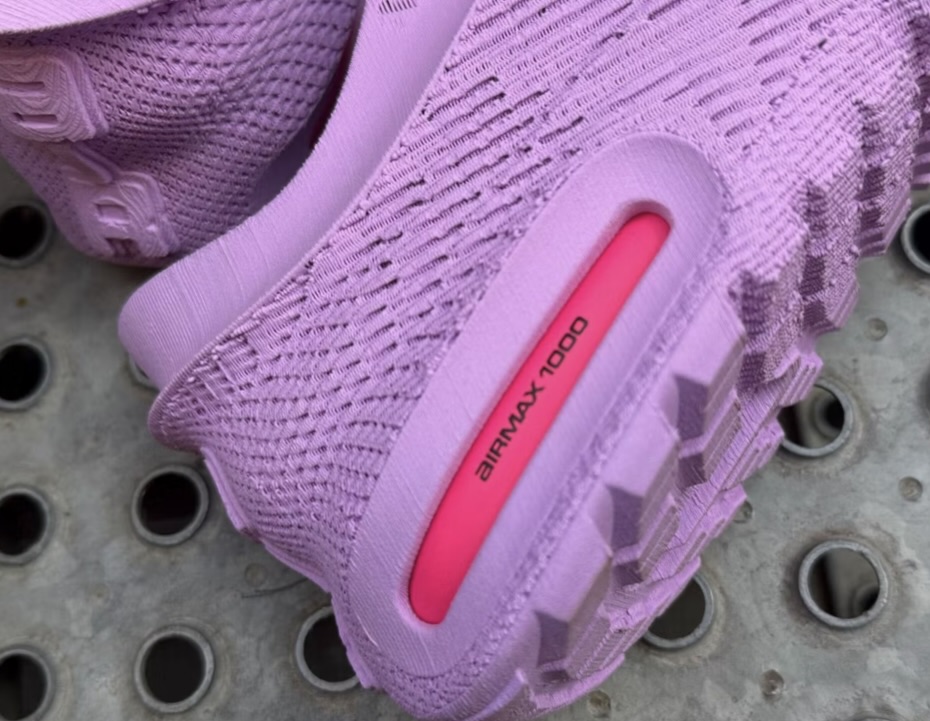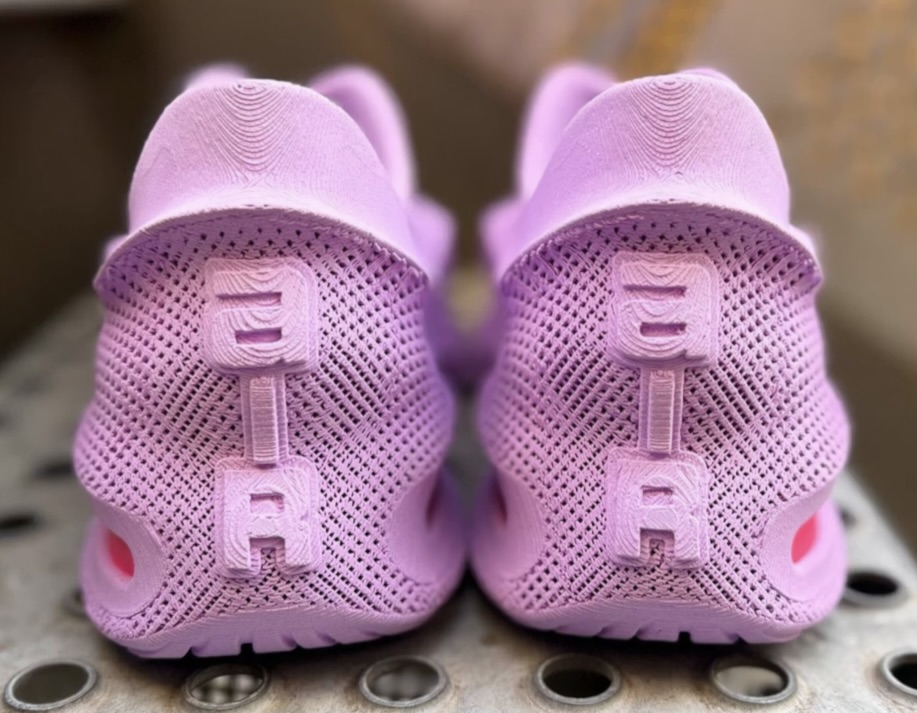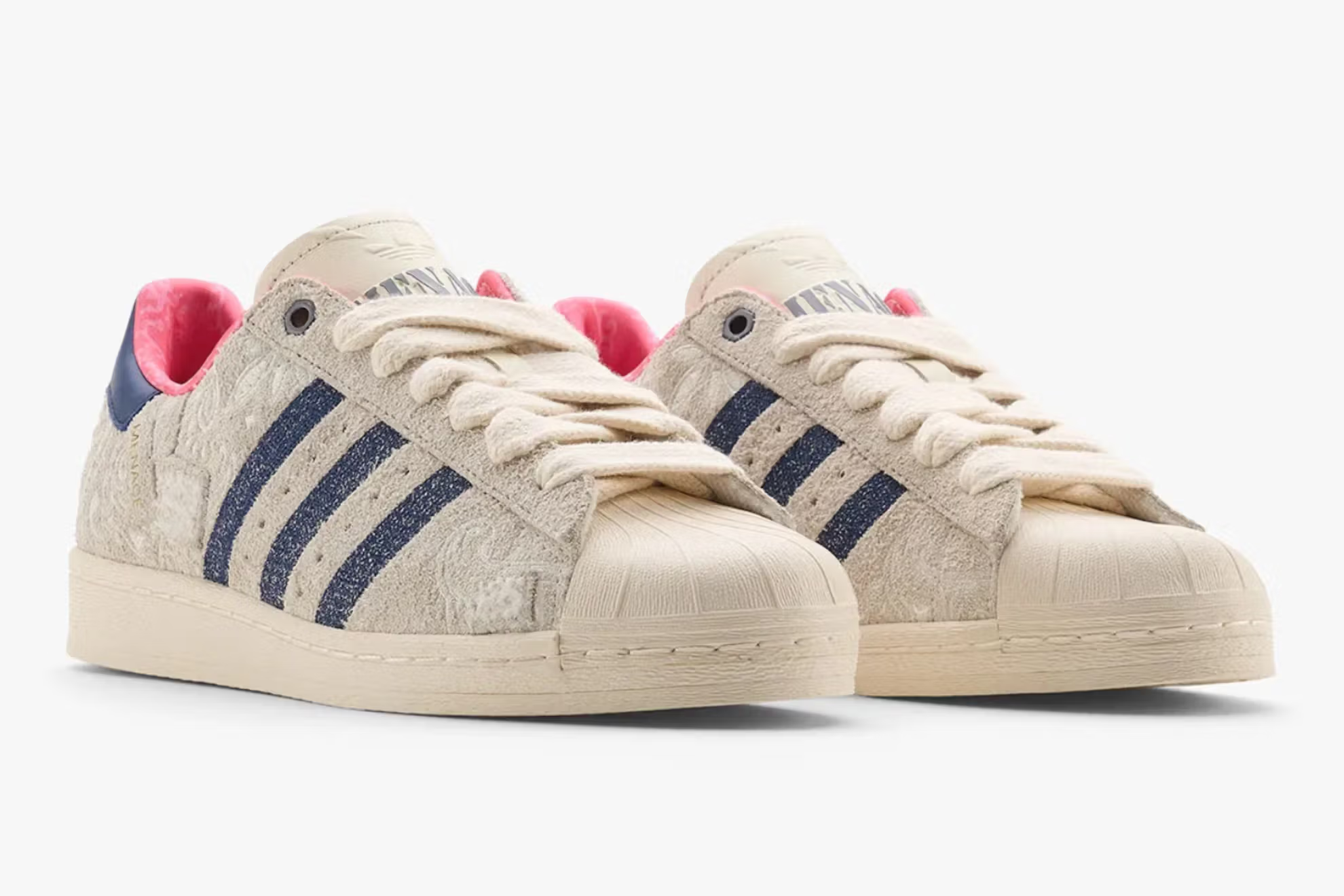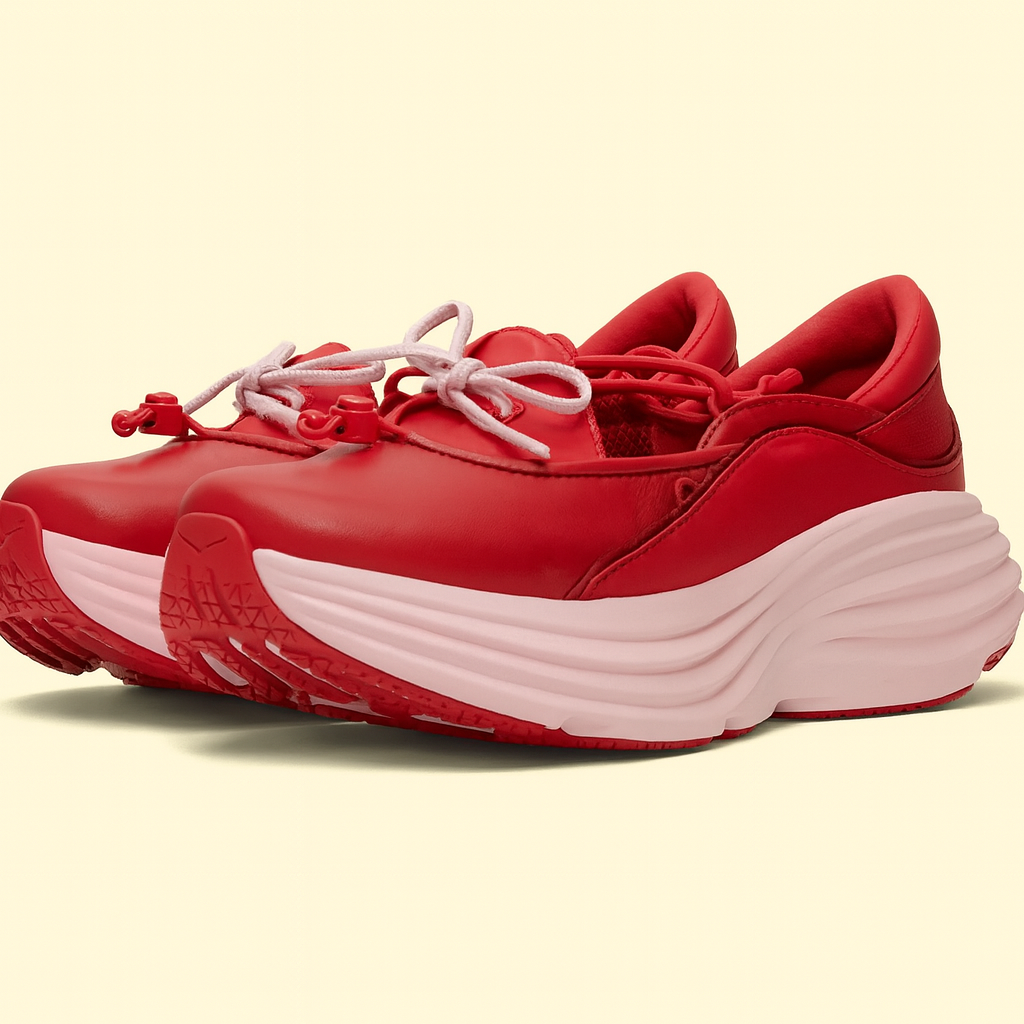Yesterday we shared the first-ever look at Zellerfeld’s latest addition to their Nike Air Max 1000 lineup, dubbed the ‘Lilac’. Now, release details have materialised — and there’s more than one way to cop. The German 3D-printing pioneers continue to blur the lines between performance design and digital manufacturing, and this latest drop may be their most refined yet.
A Revolution in Layers: 3D Printing Meets Nike Heritage
3D-printed footwear is no longer just a proof-of-concept; it’s a reality shaping sneaker culture’s future. While other brands have toyed with additive manufacturing, Zellerfeld have redefined the narrative — bringing craft, sustainability, and scalability into one platform. Their collaboration with Nike’s Beaverton design lab represents a turning point: the fusion of the Air Max legacy with a printing process that eliminates glue, waste, and traditional assembly lines.
Zellerfeld began in 2015 in Hamburg, born from an idea that shoes should evolve like software — updateable, personal, and infinitely adjustable. The Air Max 1000 project aligns with this ethos perfectly: an object that nods to retro-futurism while hinting at post-industrial design logic.
The Air Max 1000: Where Code Meets Comfort
The Air Max 1000 silhouette is a radical reinterpretation of Nike’s long-standing Air Max lineage. Gone are stitched overlays and visible Air bubbles; instead, a monolithic printed structure carries both flexibility and cushioning through variable lattice geometry.
The ‘Lilac’ edition takes this even further. Rendered in a subtle gradient of soft violet and off-white, the shoe’s single-piece construction feels organic, almost sculptural. Each section — heel, midsole, arch — is algorithmically tuned to respond differently under pressure. The result? A ride that feels at once supportive and elastic, balancing the “bounce” of Air with the fluidity of printed mesh.
Zellerfeld’s engineers describe it as a “liquid shoe turned solid” — an apt metaphor for how the material flows digitally before being solidified layer by layer.
Limited Runs and Unlimited Demand
Every Zellerfeld drop has been small by design. Previous Air Max 1000 colorways, including ‘Oat’ and ‘Black’, sold out within hours on both Nike’s SNKRS app and Zellerfeld’s invite-only beta platform. The ‘Lilac’ release is expected to follow suit, though this time, the brand has teased multiple access points — one via the Nike App, another through Zellerfeld’s own community portal.
This model of controlled scarcity is as much about testing production capacity as it is about building anticipation. Because each pair is printed to order, Zellerfeld can experiment with micro-batches, material variations, and even user-specific fit calibrations.
It’s the sneaker world’s version of mass customization, where exclusivity isn’t about limited stock but about how uniquely your pair can be made for you.
Sustainability, Not as a Buzzword but a System
One of Zellerfeld’s strongest statements is its closed-loop printing process. Every component of the Air Max 1000 is made from a single recyclable polymer, meaning worn pairs can be shredded, melted down, and re-printed into new ones.
In an industry still haunted by landfill culture, this represents a monumental step forward. The Nike partnership amplifies that scale, hinting at a not-too-distant future where footwear might evolve across seasons without ever leaving waste behind.
The company’s Hamburg facility has been described as a “print farm,” rows of robotic arms working around the clock to shape the next evolution of sneaker tech. Each pair takes roughly 40 hours to print, cool, and finish — an industrial ballet that’s as mesmerizing as it is efficient.
From Prototype to Pop Culture
Zellerfeld’s reputation skyrocketed following their partnerships with Kanye West (Yeezy D Rose prototype), Heron Preston, and KidSuper, but the Nike linkup has pushed them into mainstream visibility.
The Air Max 1000 marks Nike’s most radical venture outside traditional manufacturing since Flyknit. By merging Zellerfeld’s computational expertise with Nike’s lifestyle design DNA, the collaboration walks the fine line between avant-garde design and street-ready utility.
Social media teasers have already amplified the hype. Early pairs seen on stylists and creators suggest that the ‘Lilac’ fits seamlessly into the trend of pastel-driven minimalism—think soft lavender hoodies, tonal cargos, and silver accessories.
More Than a shoe: The Ideology of “Print to Wear”
Zellerfeld describes their footwear not as products but as platforms. Each iteration improves with data: user scans, walking analytics, and environmental testing feed into the next print file. It’s sneaker evolution on a feedback loop — one that eliminates factories, human error, and waste simultaneously.
The Air Max 1000 ‘Lilac’ exemplifies this ideology. Its form is not dictated by stitching or molds but by algorithms. The transition zones along the sole, the mesh gradients near the ankle — all exist because code told them to.
It’s the natural endpoint of what Nike began with digital design tools like Flyprint, taken to its logical extreme: printing the future one voxel at a time.
According to insider reports, there are two main entry points for the Lilac drop:
-
Nike SNKRS App – General access raffle format, limited to select regions.
-
Zellerfeld Platform Access – Exclusive beta invites for members of their digital printing community, offering made-to-fit sizing via foot-scan integration.
No exact production numbers have been confirmed, but early estimates suggest fewer than 1,500 pairs globally — aligning with Zellerfeld’s ethos of exclusivity and iterative craftsmanship.
Retail pricing is projected around $450–$500 USD, reflecting both the material cost and print-time intensity.
The Verdict: A sneaker That Prints Its Own Legacy
The Air Max 1000 ‘Lilac’ doesn’t just extend the lineage of Nike’s iconic cushioning line; it redefines what that lineage can be. For decades, Air Max represented transparency — showing you what’s inside the sole. Now, Zellerfeld brings transparency of a different kind: how the shoe itself is made.
With every layer printed, the sneaker becomes a story about where design is headed — not away from craftsmanship, but deeper into it. In a world obsessed with speed, the patience of additive manufacturing feels paradoxically luxurious.
If the ‘Oat’ and ‘Black’ were quiet revolutions, the ‘Lilac’ is the calm after — confident, refined, and unmistakably futuristic.
No comments yet.

